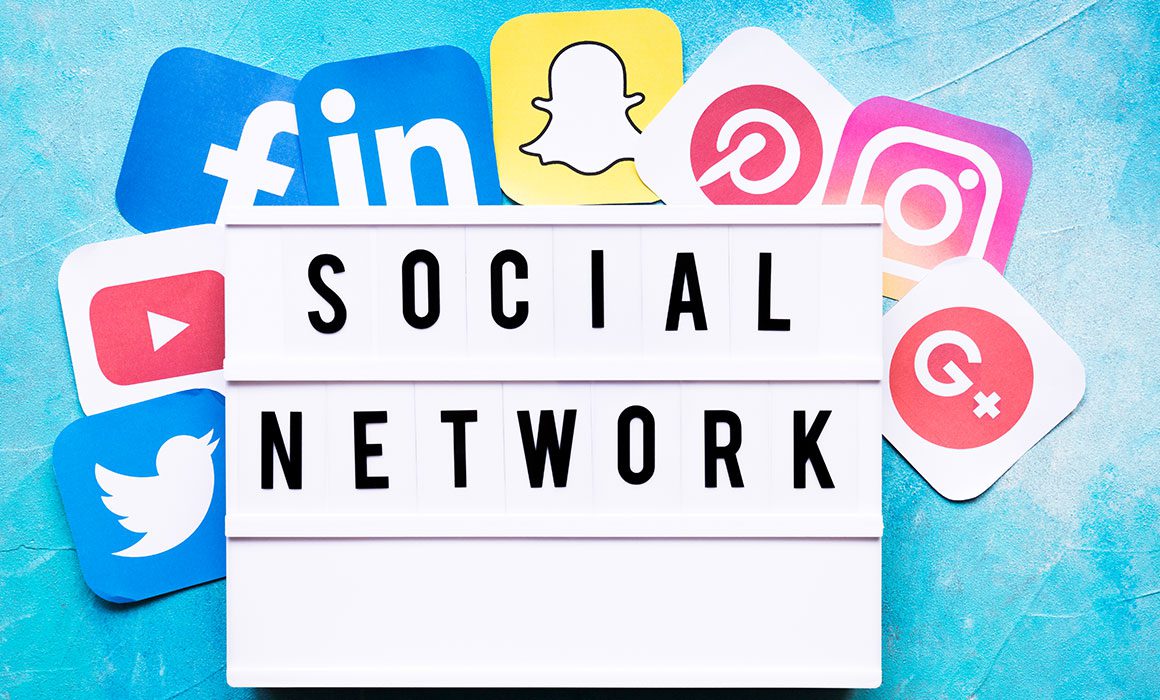Awesome Business-Changing Social Media Trends To Follow In 2021
Last year, the global pandemic caused us to live predominantly in the digital world. Social media usage and trends exploded as their functionality was used by businesses to maintain and achieve their goals. Has social media peaked, or was the pandemic possibly a catalyst to kick-start an evolution of how a business’ work will be conducted? So, let’s take a look at what we can expect in 2021.
Stories are a content format
The ‘Stories’ content format began on Instagram but is now being used on Facebook and LinkedIn. The concept allows you to construct your brand’s narrative (essentially, brand storytelling in your words and visuals, on your terms.) It’s the quintessential example of ephemeral content. Its popularity has soared because, like life, changes can happen suddenly; a consumer won’t be able to predict the narrative. This provides a hint of intrigue that will attract the attention of prospects and assist existing consumer retention.
Businesses can leverage the ‘Stories’ functionality by producing bite-size pieces of visual content that will leave followers itching to see what happens next. Brands should think about creating a ‘Stories’-specific content strategy to add to their overall marketing strategy, e.g. set out the ‘story’ for the month and allocate dedicated timeslots, which you promote on all platforms. If followers know that new content will appear at a particular time daily, you can be almost assured engagement will spike for that period.
This will give you peace of mind and a bit of breathing space to experiment with other types of content, such as virtual and augmented reality. Never forget to set aside time for research and development (R&D).
Live Streaming will grow exponentially
The global pandemic forced businesses to rapidly adapt to a digital-centric lifestyle; the phrase, ‘stay apart so that we can stay together’ was a constant echo, reminding hesitant companies that this would be a new normal. Therefore, it was inevitable that Livestream video conferencing platforms such as Zoom and Google Meet would see a massive increase in utilisation due to a business’ need to communicate with clients and staff.
Soon, the music and performing arts industries embraced the value of live streaming. Concerts started to be live streamed, and comedians began performing live online gigs through social media platforms such as Facebook Live. New communities were being created every day. Live Streaming served as both a platform for viewer entertainment and an outlet for performers to continue their craft. This will continue to grow in 2021 because people have now become used to interacting with live, new entertainment from the comfort of their homes.
Virtual reality
Do you think live streaming is cool? You obviously haven’t tried virtual reality, which takes interaction and personalisation to the next level!
Facebook has created a new social Oculus VR experience platform called ‘Horizon’. An immersive space where people’s personalised worlds can be created and visited by connections. The scope for businesses to incorporate VR into their USP is infinite. Facebook is also currently working on creating VR offices – this could be a revolutionary way of conducting business. Imagine closing a deal with a client based on the other side of the world and sealing it with a virtual handshake. Watch this space.
Watch the explainer video here.
“Horizon invites you to explore an ever-expanding universe of virtual experiences designed and built by the entire community. Everything you see in Horizon, including the Plaza and worlds created by our teams at Facebook, has been made with the Horizon creation tools, says Social Media Today.
Augmented reality
You may be asking yourself, what is augmented reality? The truth is that you have probably used it without realising! Dynamic photo filters found on social media platforms such as Snapchat and Instagram are examples of augmented reality (AR).
According to Augmented Reality for Enterprise Alliance, “Augmented Reality refers to any technology that “augments” the user’s visual (and in some case auditory) perception of their environment. Typically, digital information is superimposed over a natural, existing environment. Information is tailored to the user’s physical position as well as the context of the task, thereby helping the user to solve the problem and complete the task.”
Unlike virtual reality, which requires specialised hardware such as VR goggles, augmented reality can be experienced via a smartphone, making it a much more accessible form of social experience.
For all the parents reading this article, you’ve likely heard your kids mention Pokemon Go; this is a classic example of an AR-driven gaming experience. For those of you who are not familiar with it, it’s “a game that uses your phone’s GPS and clock to detect where and when you are in the game and make Pokémon “appear” around you (on your phone screen), so you can go and catch them. As you move around, different and more types of Pokémon will appear depending on where you are and what time it is”, explains Vox. An increase in AR social experience gaming will ‘play’ increase in popularity and accessibility in 2021.
Social commerce will continue to flourish
The days of walking into brick-and-mortar stores, spending valuable time trying on shoes and apparel are lessening. Facebook and Instagram offer functionality that allows businesses to advertise directly on the platform. Search Engine Watch states that “54% of social media users research products using social media. And social media referrals can influence the purchase decisions of 71% of users.”
Perhaps the most important information to take from this article is that inclusivity, personalisation and engagement are now social media lore. They need to form the foundation of every social media tactic and strategy that you develop.
This is why it’s recommended that you consult with a social media guru who can advise and assist you in building the blueprint and roadmap to social media success in 2021.



